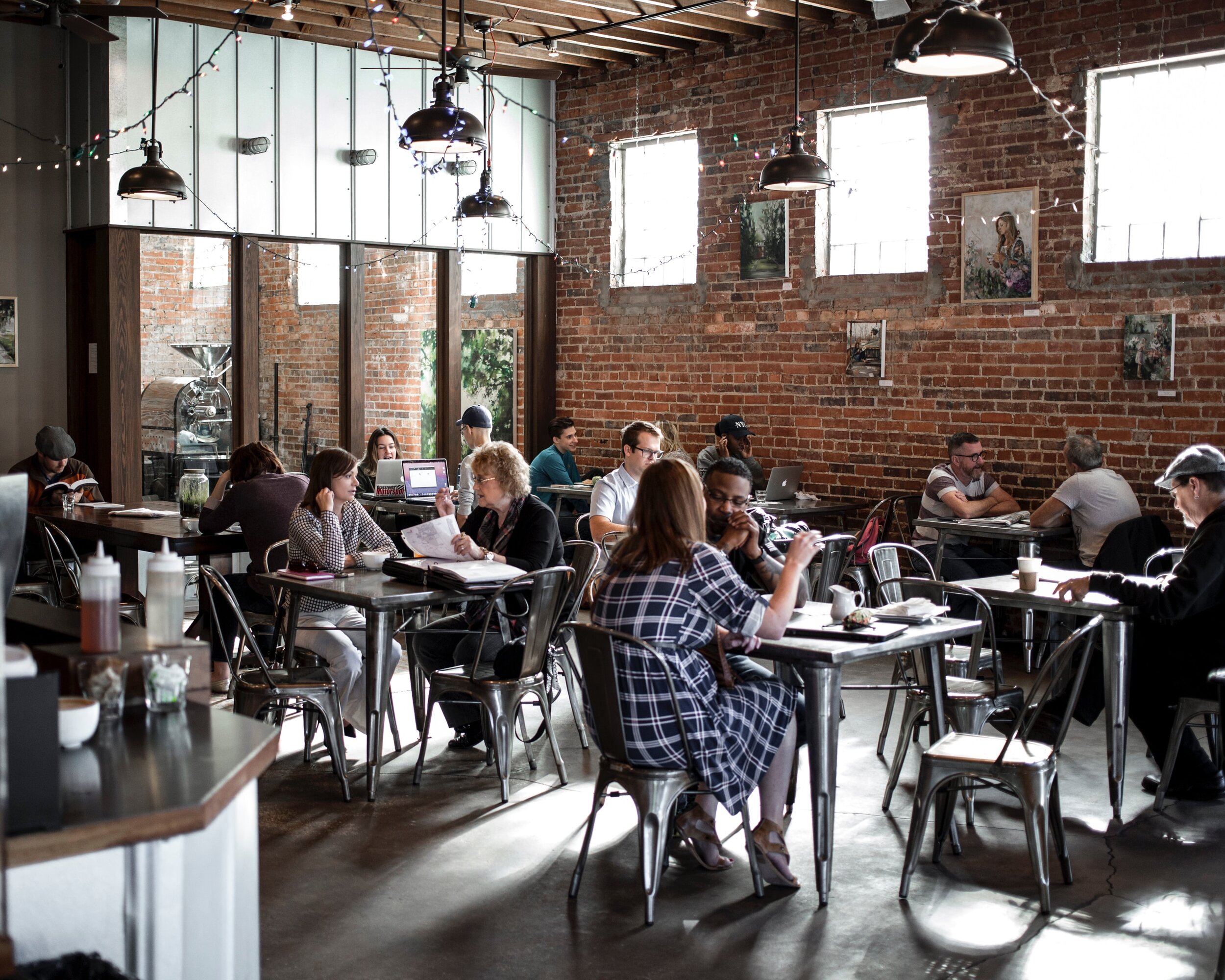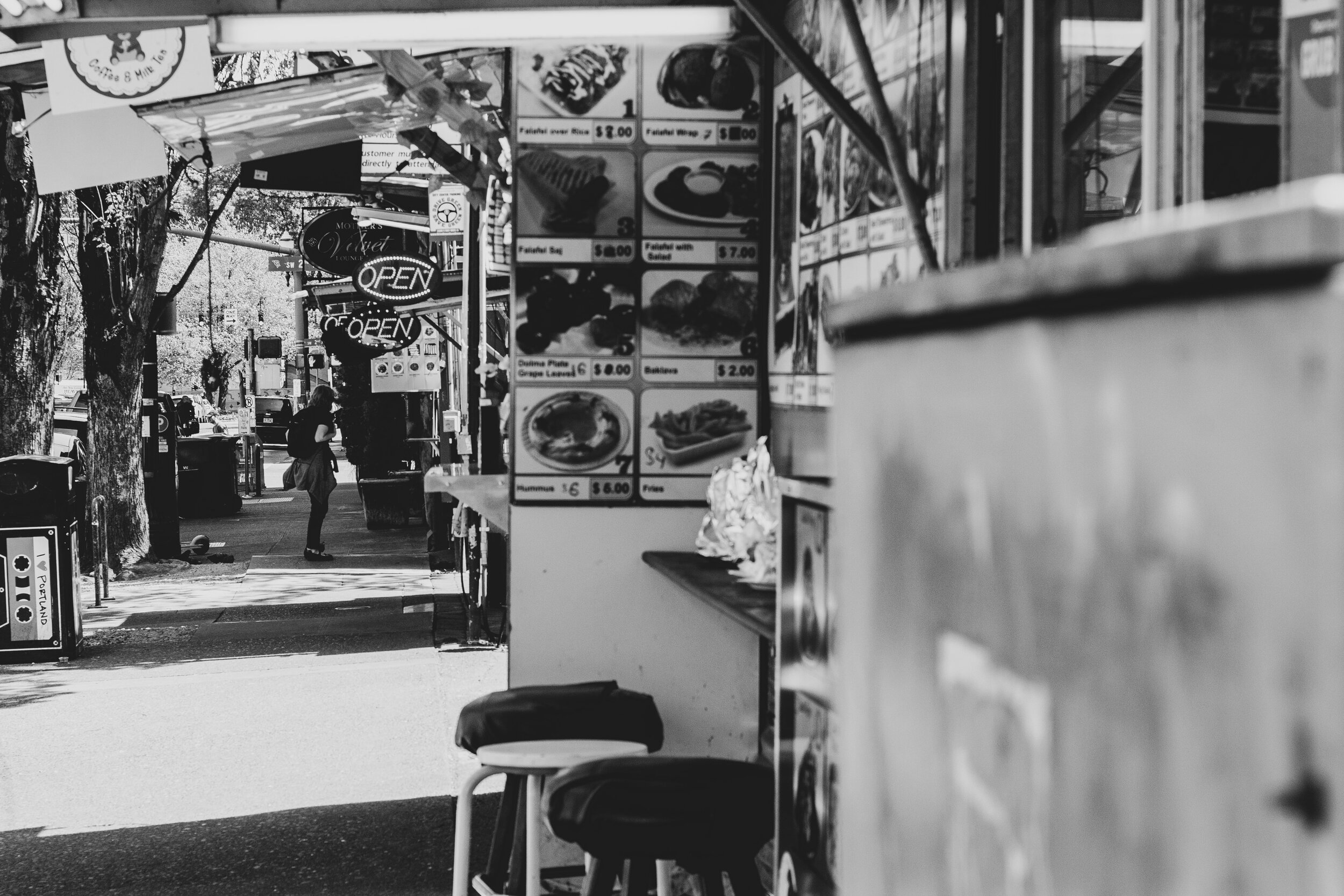Why Now Is the Time to Get Intentional about Placemaking
James Lima, a well-recognized expert on placemaking, specializes in many of the things I talk about in this column. If you don’t know him, check him out. From traveling the country as a speaker and consultant, I knew some places felt different from others. Lima helped me articulate what was different, but bigger than that, he taught me a lot about the “economics” of placemaking.
As we prepare to emerge from our homes and gather as communities again, let’s take a look around. What do we see? Does our community reflect who we are? Is it place we want to live? Is it a place that inspires people to visit, move to, or put down roots? Or does it look and feel like every other place? Here’s why I’m asking: it’s a community’s “sense of place” that will determine its future.
After months of staying home it feels strange to talk about creating an inviting community, one literally designed to attract more people. We’ve gotten used to empty spaces, not lively, bustling ones. Yet as the pandemic slows and (hopefully) recedes, the topic of placemaking looms larger than ever.
If you’re passionate about communities, you’ve heard the term. It has different nuances depending on context. But generally, placemaking is about leveraging a community’s assets to create a strong shared identity, to connect public spaces with citizens, and to make it a better, more engaging place to live and visit. And more and more, we are starting to think of it as an economic strategy.
“It’s always been ‘cool’ to have a charming, vibrant downtown. Now it’s necessary.”
It’s always been “cool” to have a charming, vibrant downtown. Now it’s necessary. That’s because place attracts talent and talent attracts investment. This trend has been rising for a while, but the pandemic has underscored its validity. More and more, people can work from anywhere. Increasingly they will choose where they want to live, regardless of where their employer is located—and the communities that give them what they want will be the winners.
Here are a few points to consider about placemaking:
A strong sense of place has moved from a “nice to have” to a “must have.” We are just starting to recognize the economic value of “place.” Communities need to get strategic and intentional about creating it. We need to set measurable goals around it and start moving toward them. Our future depends on it.
The pandemic will only strengthen the placemaking movement. First, plenty of opportunity is being created. It’s time to pinpoint property and space that is strategic to overall planning. It’s time to put together an acquisition plan. We all have those critical spaces (perhaps at-risk properties with lots of potential) that owners are hanging onto for all the wrong reasons. This may be the perfect time to negotiate with them.
Bold Bean Coffee Roasters in Jacksonville. Image via Unsplash.
People are craving places to hang out in their community. Our current isolation is creating the need for more places for people to pause and connect. We’ve always craved connection, but now that we’ve had a taste of life without it we’ll want it more than ever. People will be rediscovering America. We need to give them something worth discovering.
Communities often cannot see their assets. Most communities have wonderful places they take for granted or don’t showcase the right way. (Citizens are “too close” to see how cool it is.) Do a walk-through and pretend you’re seeing your town for the first time. Invite people from other cities and ask their opinion.
Sometimes it takes an “outsider” to help you see what’s right under your nose and to show you how to leverage it. Once connected in a meaningful way, these smaller assets become more valuable. It’s the “whole” created from the sum of the parts that creates that sense of place.
The most powerful sense of place is created when you have community involvement in the process. This is particularly true in communities where people’s voices have not been heard. Make citizen engagement a priority. Communicate what you’re trying to do clearly and often so that everyone understands how important it is.
Placemaking is not the government’s job. When things need fixing, traditionally folks look to the government to lead the way; however, placemaking in a community is not really their job. Instead, it’s an efficient and effective partnership between philanthropy, business, and government, and it’s driven by the private market. We find that it’s most successful when led by civic leaders in the private sector.
Use the authority of the government for zoning and some financing options, but don’t expect them to lead it. Get political buy-in from all parties, so the process will work organically.
Focus first on making your community a great place for citizens to live. When you’re looking to attract talent and visitors, think first about those who already live there. When a community has a great quality of life—a booming economy; fun events; great shops and restaurants; a walkable, livable downtown or other common area; cool streets and neighborhoods; and a young, hip vibe—real, organic, sustainable growth will happen.
Don’t take on too much too quickly. Think about what you have and work in small circles. Keep plugging along and eventually the circles will grow together.
Food trucks in Portland. Image via Sean Benesh.
A vibrant downtown is a great placemaking mechanism. Get strategic about where businesses go and take steps to increase the foot traffic they need to survive. This means paying attention to four factors: programming (see next bullet), retail & entertainment, office space, and residential. All of them are need to create downtowns where people can live, work, and play.
Don’t just think place. Think programming. No matter how great your downtown is, you need to give people a reason to go there. That’s programming: food festivals, farmer’s markets, art walks, etc. To start small and inexpensive just park a few food trucks downtown or invite street musicians to play on the weekends. Give people something to do every season.
You can use programming to totally change the dynamics. Don’t think about what neighborhood it’s in. Think about how you can attract different crowd. If a public space is in an exclusive part of town, make it more accessible by offering free or inexpensive family-oriented events, equipment rental, reasonably priced food options, and so forth.
The spirit of placemaking is very American. We value the freedom to live on our own terms, which is one reason this pandemic has been so hard on us. We are going to want to reassert some control over our own lives. Placemaking lets us shape our cities, towns, and communities into what we want them to be. There’s no better time than now. Let’s get intentional about it, get excited, and get to work.
Cover image: a pocket park in Memphis. Photo by Khara Woods.
About the Author
Quint Studer is author of Building a Vibrant Community: How Citizen-Powered Change Is Reshaping America and Wall Street Journal bestseller The Busy Leader’s Handbook: How to Lead People and Places That Thrive. He is founder of Pensacola’s Studer Community Institute, a nonprofit organization focused on improving the community’s quality of life, and Vibrant Community Partners, which coaches communities in building out a blueprint for achieving growth and excellence. Quint speaks and works with communities across the country, helping them execute on their strategic plans, create a better quality of life, and attract and retain talent and investment. He is a businessman, a visionary, an entrepreneur, and a mentor to many. He currently serves as Entrepreneur-in-Residence at the University of West Florida, Executive-in-Residence at George Washington University, and Lecturer at Cornell University.
For more information, please visit www.thebusyleadershandbook.com, www.vibrantcommunityblueprint.com, and www.studeri.org.







As working from home grows in popularity, where does that leave downtowns that have prioritized their land for office space—and what does this all say about how we should think about neighborhood design?